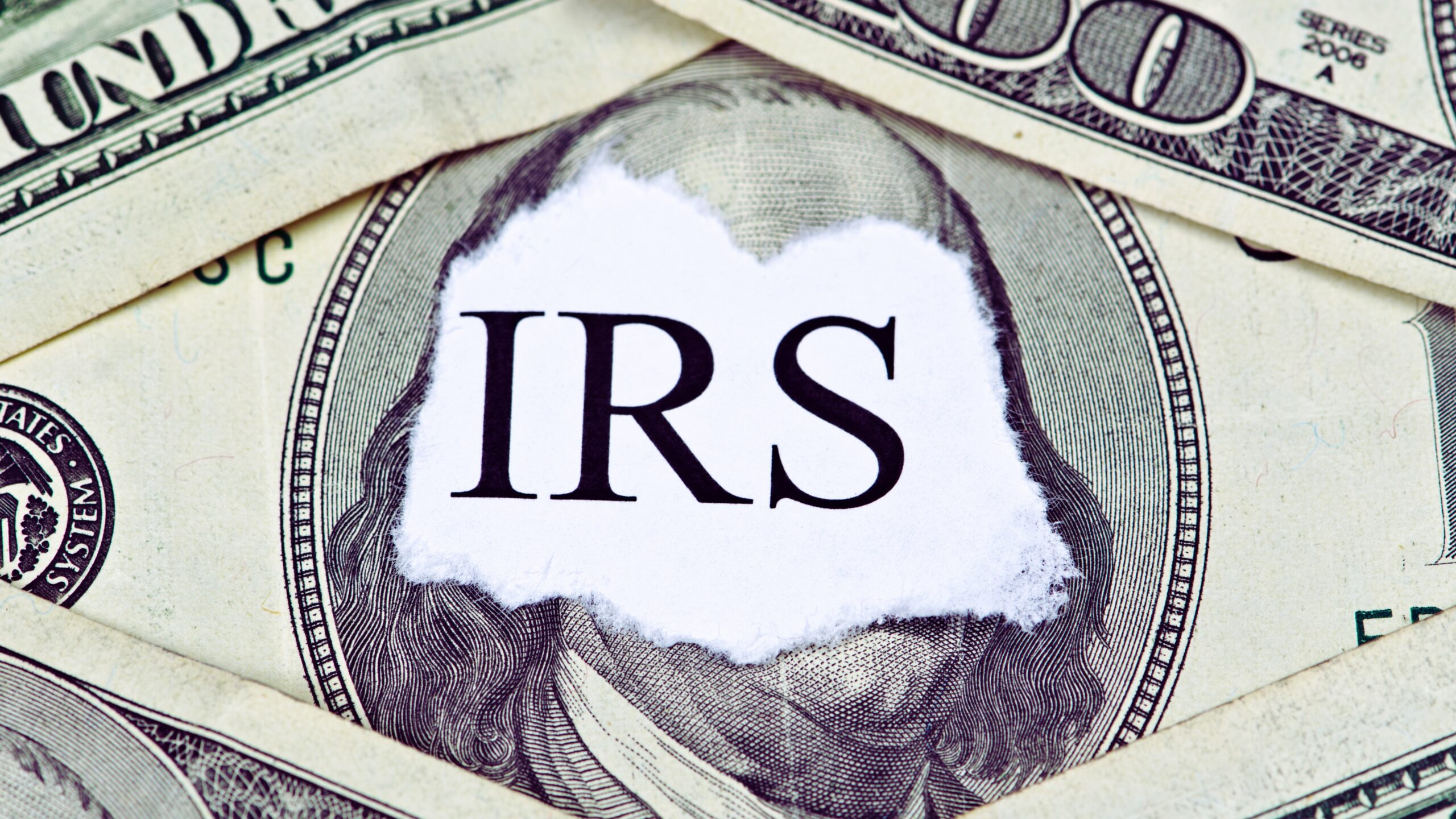Navigating tax season as a freelancer, gig worker, or independent contractor, can feel overwhelming and confusing. One crucial document you’ll encounter is the 1099 Form. Understanding this form is absolutely essential for managing your finances, staying compliant with the IRS, and ultimately, keeping more of your hard-earned money.
This guide will demystify the 1099 Form. We’ll break down its purpose, show you how it impacts your side hustle, and provide actionable best practices. Get ready to confidently handle your non-employee income.
Definition and Importance
The 1099 Form is an Internal Revenue Service (IRS) information return. Businesses use this document to report various types of income paid to individuals or entities that are not classified as employees. If you’ve earned at least $600 from a single client or platform in a calendar year, you’ll likely receive a 1099.
Its importance cannot be overstated. For you, the recipient, the 1099 form is a critical summary of your non-wage income. It informs both you and the IRS how much you were paid over that calendar year. This ensures accurate reporting on your tax return. For the payer, it fulfills their legal obligation to report payments made to independent contractors. The most common type of 1099 you’ll encounter is the Form 1099-NEC (Nonemployee Compensation), specifically for freelance and gig-work.
Real-World Side Hustle Example
Imagine Sarah, a talented graphic designer. She runs a thriving side hustle creating logos and website visuals for various small businesses. Throughout the year, she completes several projects for “Innovate Solutions Inc.” By the end of the year, Innovate Solutions has paid Sarah a total of $2,500 for her design work.
Because this amount exceeds the $600 threshold, Innovate Solutions Inc. is legally required to send Sarah a Form 1099-NEC. This form will clearly state the total amount they paid her. Sarah will then use this 1099-NEC to accurately report her $2,500 income on her personal tax return. It’s a straightforward process that ensures transparency for both parties.
1099 Form Best Practices
Receiving a 1099 means you’re responsible for paying your own taxes. They are not taken out of your wages prior to receiving your payment. This is a key difference from traditional employment. However, with smart planning, you can manage it effectively.
- Keep Meticulous Records: Track all your income and, crucially, all your business expenses. This includes software subscriptions, home office costs, mileage, and supplies. Good records are your best friend come tax time.
- Set Aside for Taxes: As an independent contractor, taxes aren’t withheld from your payments. Experts recommend setting aside 25-35% (or more, depending on your income bracket) of every payment you receive. Put it into a separate savings account.
- Understand Deductions: This is where you save money! Many business expenses are tax-deductible. Common deductions include business use of your home, health insurance premiums (if self-employed), professional development, and business travel. Consult a tax professional for personalized advice.
- Check for Accuracy: When you receive your 1099, review it carefully. Does the reported income match your records? Is your Social Security Number or EIN correct? If anything looks off, contact the payer immediately to request a correction.
- Know the Deadlines: Payers typically send out 1099 forms by January 31st each year. This gives you time to prepare your taxes before the April 15th deadline (unless extended). If you expect a 1099 and don’t receive it, contact the payer. You are still responsible for reporting the income.
Quick Case Study
Meet David, a content creator who launched a successful YouTube channel in 2024. He earned income from brand sponsorships and ad revenue, totaling $12,000. David diligently tracked his expenses: new camera equipment, editing software subscriptions, and a portion of his home internet bill.
When he received his 1099-NEC forms from various platforms, he wasn’t surprised. Because he consistently set aside 30% of his earnings and meticulously logged every deductible expense, he was able to offset a significant portion of his income. This reduced his taxable income. David’s proactive approach meant no last-minute tax surprises, allowing him to reinvest his savings back into growing his channel.
Tools and Resources
Managing your 1099 income and expenses is made easier with the right tools.
Accounting Software:
–QuickBooks Self-Employed: Great for tracking income, expenses, mileage, and estimating quarterly taxes.
–FreshBooks: User-friendly for invoicing, expense tracking, and basic accounting.
Tax Preparation Software:
–TurboTax Self-Employed: Guides you through deductions specific to freelancers.
–H&R Block Deluxe: Another strong option with features for self-employed individuals.
IRS Website: The official source for all tax forms, publications, and guidelines. Look for Publication 334 (Tax Guide for Small Business) and Publication 505 (Tax Withholding and Estimated Tax).
Your Next Step: Stay Informed
Understanding the 1099 Form is a foundational step in mastering your financial independence as a hustler. It empowers you to take control of your taxes and maximize your earnings.
Ready for more essential insights to fuel your entrepreneurial journey? Don’t miss out on crucial tips and strategies. Follow our Hustlers Library newsletter today to stay ahead of the curve!







